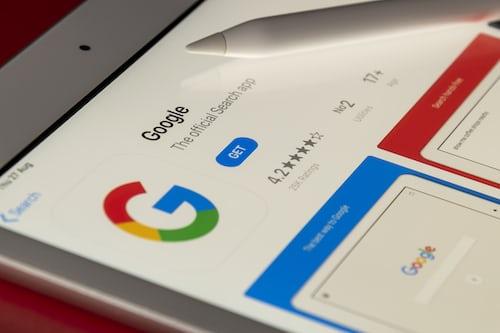Mastering the Art of the Perfect Business Presentation in 7 Easy Steps
It can be one of the most daunting prospects of any job role. Presenting information to others in a presentation requires a level of confidence, assertiveness, and organization skills that many of us don’t know we have–but with the right considerations, we can master the art of being the perfect presentation host.
Whether you’re presenting data to your team, summarizing a project for managers, or attempting to win over prospective clients, all presentations deserve the right level of commitment and care.
Although it can be hard to work on building your confidence when speaking in front of audiences, one of the best ways to manage your nerves is to be well equipped with an inspiring presentation. With this in mind, let’s take a deeper look at how you can captivate your audience and present your points, hypothesis, and findings clearly:
Determine Your Goals as a Priority
The first thing that you should consider is the goals that you’re aiming to achieve through the power of your presentation. By breaking down what you’re aiming to achieve, you can arrange your slides to accompany each stage in achieving each goal–or build them to help lead the audience to the right conclusion.
By defining and working towards your goals, you can provide the presentation with some much-needed direction. Regardless of whether you’re developing a business plan, pitching a new product launch, or simply reporting the month’s financial results, goals mean you can place yourself firmly in control of your own narrative.




